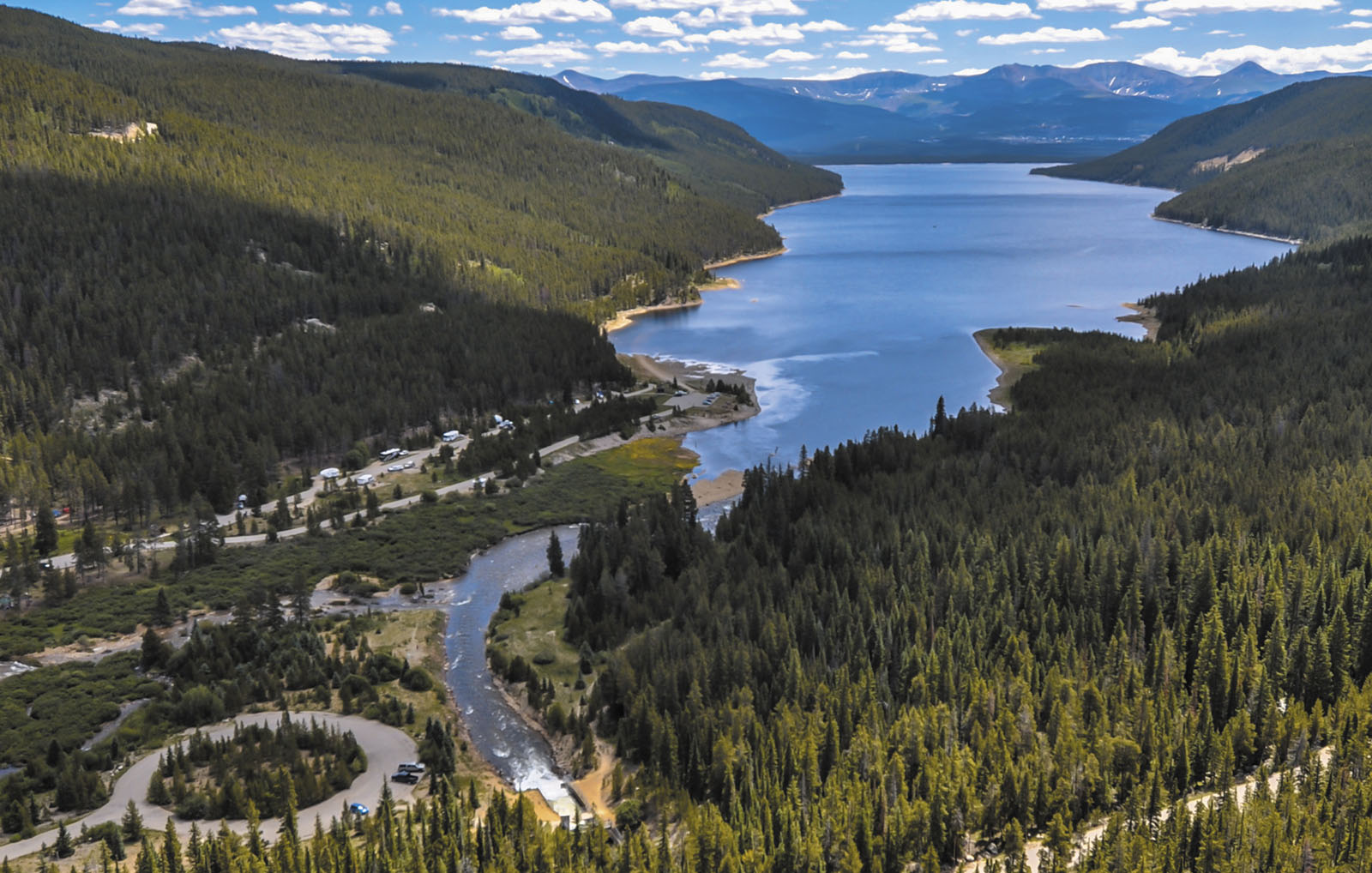It was a consequential event when the Feds recently announced they would deal with the over-appropriation of water by the Lower Colorado River Basin States (California, Nevada and Arizona) by paying them $1.2 billion to reduce water usage by 2026 by 3 million acre-feet.
Importantly, this comes on the heels of a larger than average snowpack and rainfall in the West. Already, the Colorado River system is recovering from the overuse by the Lower Basin States. Longer term, these reductions will be necessary by the Lower Basin without the federal payoff. The revenue for the “payoff” has to come from taxpayers in any case.
For the Upper Basin states (Colorado, Utah, Wyoming and New Mexico) there is no payoff. In Colorado, living by the hydrology that nature provides is normal. Under Colorado’s prior appropriation system, when less water is available, the system automatically requires reductions in use. The diversion numbers demonstrate this reality.
The Lower Basin states have the luxury of two giant reservoirs, which, at full capacity, may contain about 50 million acre-feet of water upon which to draw. Due to hydropower production, releasing water to the Lower Basin is essential; which adds a unique twist to managing the system.
Since inception, the development of lakes Mead and Powell were meant to stabilize supplies to address the reality that, in the Great American Desert, hydrologic condition are always variable and drought is ubiquitous. Fluctuations in reservoir level are normal, but with inconsistent management, the fluctuations tend to be larger.
Contrary to popular opinion and political convenience, changes in climate have less to do with dramatic fluctuations and more to do with poor management. The question is: what is driving this type of management?
Looking ahead, it is good that the Bureau of Reclamation will work on a long-term plan to address operations. Hopefully, this analysis will identify the issues, and changes in operations will help to maintain more consistent water levels without seeking to obtain reductions from the Upper Basin states.
Lake Mead was constructed in the late 1930s and filled to full capacity for the first time in 1982. Since construction, it has only reached full capacity a handful of times. For Lake Powell, constructed in the late 1940s, the pattern is similar. This underscores the variable hydrology of the region.
For the Arkansas Basin, a stable Colorado River system is essential. The Arkansas Basin alone receives on average 15% of its water supply from the Colorado River system. These are delivered through a collection of smaller canal diversions that wrap around and over the Continental Divide and larger collection systems that transport water through tunnels under the Continental Divide, such as the Twin Lakes, the Boustead (Fryingpan) and Homestake systems.
We depend upon this supplemental supply for irrigation of crops, domestic water supplies and recreation. Farming throughout the basin relies on this supply to supplement native water rights. The Arkansas Valley Conduit, designed to bring quality drinking water to the Lower Arkansas Basin, relies on this supply.
Other communities throughout the basin also use this source as part of their native sources. The recreation industry utilizes trans-basin supplemental supplies for the flow management program to stabilize flows by timed releases of Colorado River water imported to the basin.
The economic impact to the Arkansas Basin cannot be overstated. Additionally, the Fryingpan-Arkansas Project generates hydropower at Twin Lakes and at Pueblo Reservoir.
At this time we must wait to see how Reclamation develops a long-term plan for management of this critical system.





